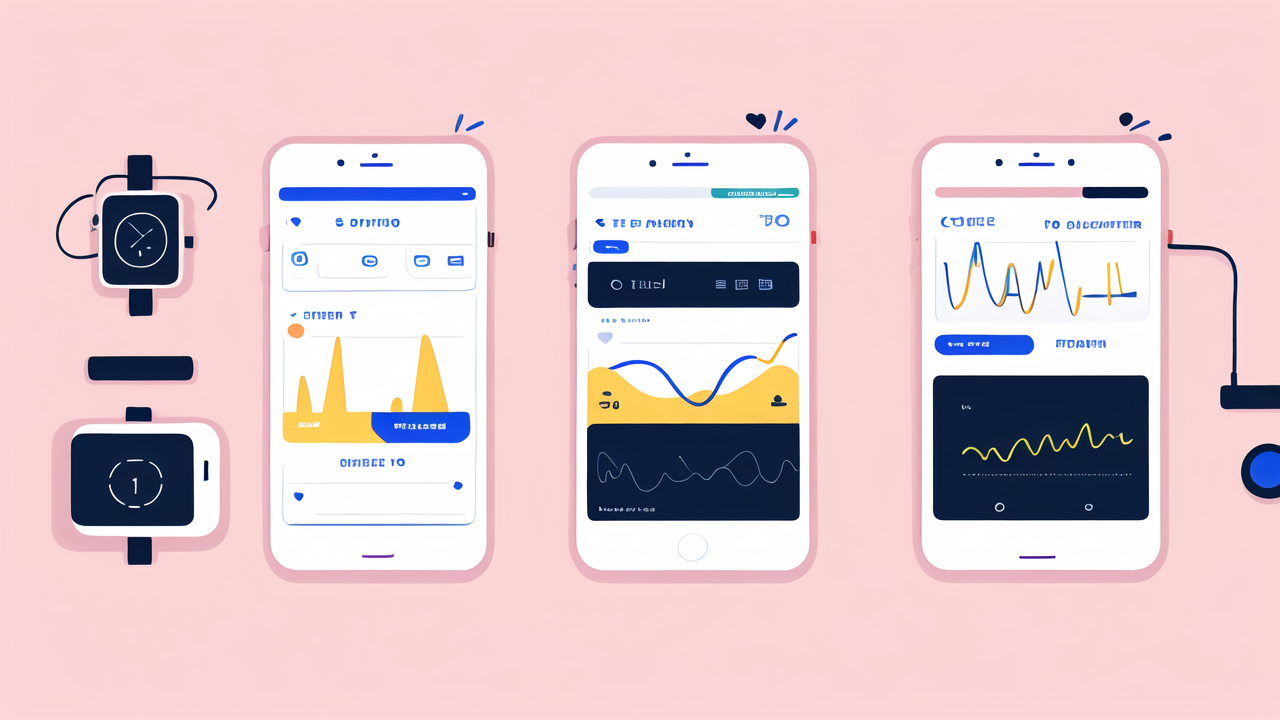Understanding Step Counters: From Pedometers to Smart Technology
The Evolution of Step Counting Devices
Step counting has come a long way since the days of simple pedometers. These early devices used mechanical sensors to detect movement. They were often inaccurate and limited in function. As technology advanced, digital pedometers emerged. These offered more precise counts and additional features.

The real game-changer came with the rise of smartphones. They introduced built-in accelerometers and gyroscopes. This allowed for more accurate step tracking without extra devices. Apps could now count steps, estimate distance, and calculate calories burned.
Today, smart watches have taken center stage in step counting. They combine the best of both worlds. Like smartphones, they have advanced sensors. But they're also worn on the wrist, making them more convenient for all-day tracking.
How Smart Watches are Revolutionizing the Market
Smart watches have transformed the step counting landscape. They offer features that go far beyond basic step tracking. These devices can monitor heart rate, sleep patterns, and even stress levels. All while keeping count of your daily steps.
One key advantage of smart watches is their constant presence. Unlike phones, which may be left in bags or pockets, watches are always on your wrist. This ensures more accurate and consistent step counting throughout the day.
Smart watches also provide real-time feedback. Users can see their progress at a glance. Many models offer customizable goals and motivational alerts. This helps keep users engaged and moving towards their fitness targets.
Key Features of Top Smart Watches for Step Counters
Advanced Technology for Accurate Stepping
The best smart watches for step counting use cutting-edge technology. Many incorporate tri-axis accelerometers. These can detect motion in three dimensions, improving accuracy. Some also use gyroscopes to measure orientation and rotation.

Advanced algorithms play a crucial role too. They can distinguish between different types of movement. This helps prevent false step counts from arm movements or vehicle vibrations.
Some high-end models even use GPS data to enhance step counting accuracy. This is especially useful for outdoor activities like running or hiking. By combining multiple data sources, these watches provide highly precise step counts.
Integration of Step Counters with Other Health Metrics
Modern smart watches don't just count steps. They integrate this data with other health metrics for a more complete picture. Here are some key integrations:
- Heart rate monitoring
- Calorie burn estimation
- Distance traveled
- Active minutes tracking
- Sleep quality analysis
- Stress level assessment
By combining these metrics, smart watches provide a holistic view of health and fitness. Users can see how their step count relates to other aspects of their well-being. This comprehensive approach helps users make more informed decisions about their health.
Battery Life and Design Considerations for Long-Term Usage
For a step counter to be effective, it needs to work all day, every day. This makes battery life a crucial factor. The best smart watches offer long battery life, often lasting several days on a single charge.
Some models use low-power displays or optimize software to extend battery life. Others offer quick charging options. This ensures users can keep their watch on and counting steps with minimal downtime.
Design is another important consideration for long-term use. A comfortable, lightweight design encourages users to wear the watch consistently. Water resistance is also key. It allows users to keep the watch on during activities like swimming or showering.
The Impact of Step Counters on User Health and Lifestyle
The Role of Step Counting in Weight Management and Fitness
Step counting plays a significant role in weight management and overall fitness. It provides a simple, measurable way to increase daily activity. Many health organizations recommend a goal of 10,000 steps per day. This target can help individuals:

- Burn more calories
- Improve cardiovascular health
- Boost metabolism
- Reduce the risk of chronic diseases
Smart watches make it easy to track progress towards these goals. They often provide visual representations of daily step counts. This can be highly motivating for users trying to increase their activity levels.
Some watches also offer adaptive goals. These adjust based on the user's activity level and fitness progress. This personalized approach can help users gradually improve their fitness over time.
Enhancing Daily Accountability with Smart Watch Technology
Smart watches enhance accountability in several ways. First, they provide constant reminders of activity goals. A quick glance at the wrist can show how close you are to your daily step target.
Many smart watches also offer social features. Users can share their progress with friends or join challenges. This social aspect can provide extra motivation and accountability.
Smart watches can also send notifications when users have been inactive for too long. These reminders prompt users to get up and move. Over time, this can help build healthier habits and reduce sedentary behavior.
Future Trends in Step Counter Technologies and Their Implications
The future of step counter technology looks promising. We're likely to see even more accurate sensors and algorithms. This could lead to step counters that can distinguish between different types of steps. For example, they might differentiate between walking on flat ground and climbing stairs.
Artificial intelligence may play a bigger role too. AI could provide more personalized insights and recommendations based on step data. It might suggest optimal times for activity or predict health outcomes based on step patterns.
Integration with other smart devices is another trend to watch. Step counters might sync with smart home systems. This could automate things like adjusting thermostats based on activity levels.
As these technologies evolve, they have the potential to revolutionize preventive healthcare. By providing detailed, long-term activity data, they could help identify health risks early. This could lead to more proactive and personalized health management strategies.




Leave a comment
This site is protected by hCaptcha and the hCaptcha Privacy Policy and Terms of Service apply.